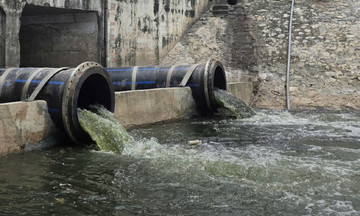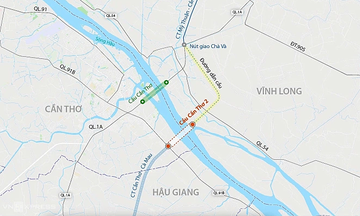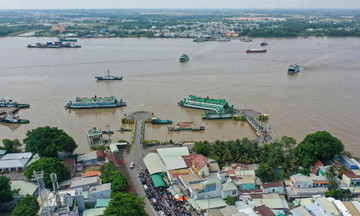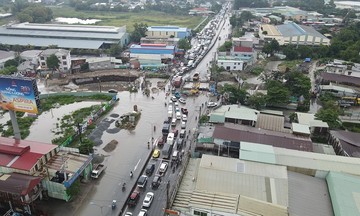This information was released by the Department of Irrigation Works Management and Construction (Ministry of Agriculture and Rural Development) at a conference reviewing crop production in 2025 and outlining the winter-spring crop plan for 2025-2026, held in Dong Thap on 9/9.
Flood peaks at Tan Chau and Chau Doc are forecast to occur from late September to early October. While higher than last year, they are still expected to be below the long-term average. Water levels at Tan Chau are predicted to reach 3.50-3.70 m (0.12-0.32 m higher than last year), and at Chau Doc 3.30-3.50 m (0.19-0.36 m higher). Can Tho City is projected to be the most affected, with 116 dike compartments encompassing over 21,700 hectares.
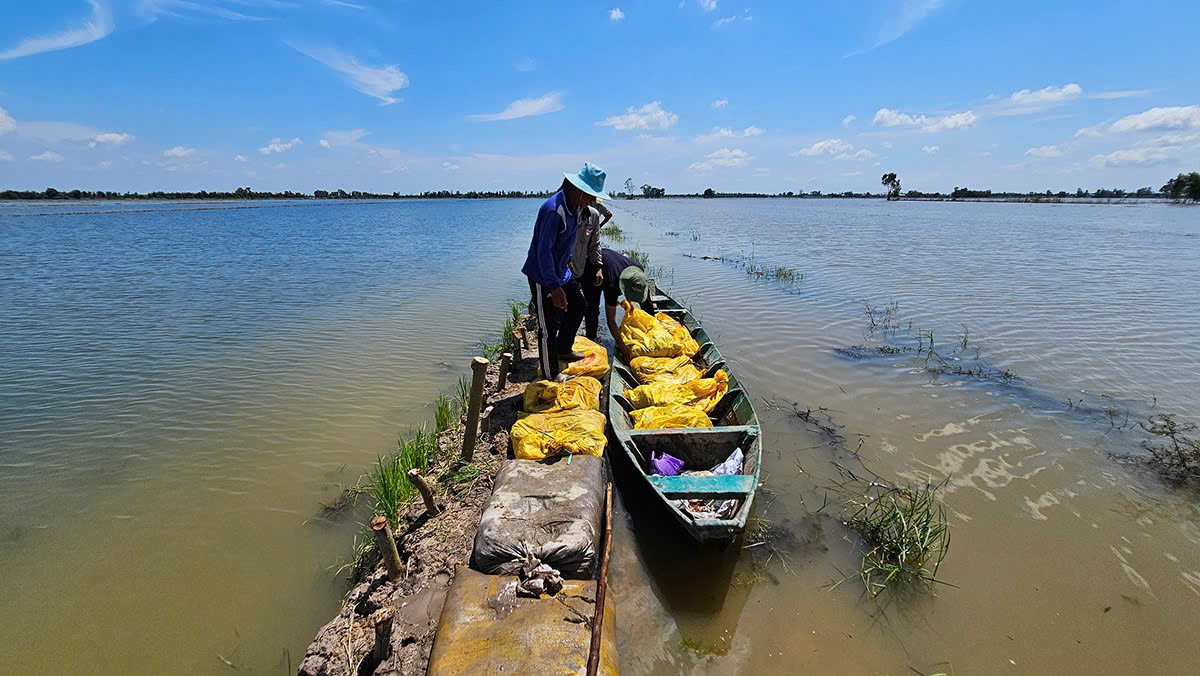 |
Farmers in Binh Hiep commune reinforce dikes to protect their rice paddies during the 2024 flood season. Photo: Nam An |
Farmers in Binh Hiep commune reinforce dikes to protect their rice paddies during the 2024 flood season. Photo: Nam An
Regarding salinity, upstream reservoirs on the Mekong River currently hold about 50 out of 65 billion cubic meters, equivalent to 77% of their capacity. During the first half of the 2025-2026 dry season, the average flow at the Kratia station (Cambodia) is expected to be around 5,800 cubic meters per second, 8% higher than the same period last year. In the latter half, it is projected to be 4,500 cubic meters per second, a 6% increase.
However, the Tonle Sap Lake in Cambodia is predicted to hold only 35-40 billion cubic meters, 5-7 billion cubic meters below the long-term average and 6-9 billion cubic meters less than last year. Therefore, the risk of early saltwater intrusion remains.
Early in 2026, the 4‰ salinity boundary at the mouths of the Mekong River could penetrate 40-50 km inland, 5-20 km less than in the same period in previous years. In the Vam Co River, the 4‰ salinity boundary is expected at 30-35 km, not yet affecting the water intake capacity of irrigation works.
The agricultural sector assesses the coming dry season as more favorable than the previous one. However, they note the risk of unusual fluctuations due to the operation of upstream hydropower reservoirs, low flows, or minor floods. Local authorities are advised to proactively store water, manage irrigation works effectively, and plan their crops from the beginning of the dry season.
Thuong Son





